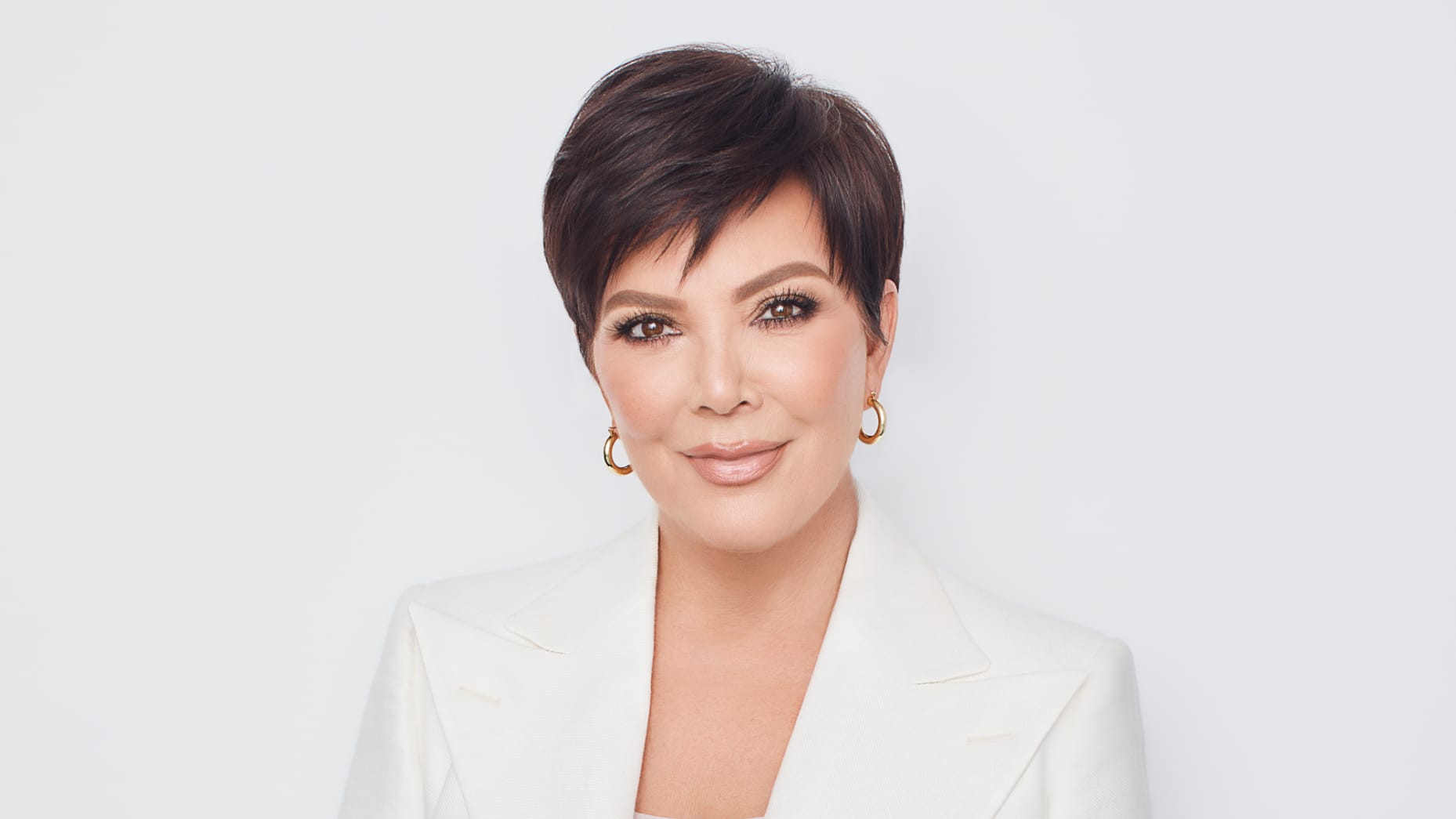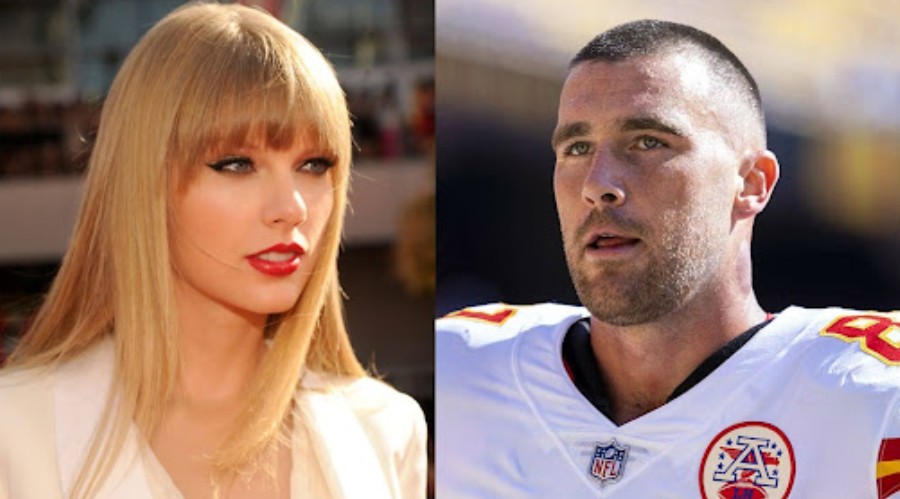By Lauren Aguirre
Often the health and vitality of the economy is used as a measure of a president’s success. If the economy is healthy, the president is doing a good job. If it’s not, then there are some things to work on. Many people will blame the state of the economy on the current president. It’s always his fault. But is it really? How much impact does the president really have on the national economy?
The truth is: not much. At least not in terms of practical, concrete means. The federal government has some tangible controls on the economy, but these are usually not enough to prevent a huge disaster like the Great Recession in 2008. And many of them are out of the president’s direct control anyway. The economy functions on a natural cycle. An entire and flow of growth and recession. A recession is inevitable in a modern economy, but there are a few tools that can be used to control how bad it can get.
The first tool you’re probably thinking of is a stimulus package. A stimulus is often an injection of money into a slowing or floundering economy. The goal is to reinvigorate the economy or reverse a recession. The injection of cash is meant to boost employment and spending on the short term to get the economy back on track. A stimulus package is often negotiated in Congress. Once it’s passed, the president signs it. The president is often involved in the negotiations, but he has no real control over what the final bill would look like or whether it will pass.
Another less abstract federal tool is controlling the interest rate. The Federal Reserve, which controls American currency, can raise or lower the interest rate through manipulation of federal bonds. Right now, the interest rate is historically low. It has stayed that way since the Great Recession. This is the rate that banks use to borrow money from each other. And in turn, affects the rates on your savings account and on personal loans. The national interest rate also controls the rate of inflation, or how fast the value of a single dollar depreciates. Low rates encourage borrowing money. High rates discourage it. The Federal Reserve is a part of the executive branch, but it is an independent agency — even though the chairman is appointed by the president. It does heed advice from the president, it ultimately makes decisions outside of the day’s political contentions.
However, the president may have more control in terms of the country’s morale. Often, the president is the leader of our country and is often looked to for solace or encouragement when times are tough. He can offer hope in a trying time. In fact, the main reason presidents announce plans to fix the economy is to appear strong and in control in the face of a crisis. This image can give comfort to people who are struggling. This can be just as, if not more, important than having tangible controls over the economy.
Overall, the perception that the president sits at the knobs of the economy just isn’t accurate. The president doesn’t really have much concrete control over the current economic climate. He can offer comfort and some solutions to those suffering in a bad economy. There are a few tools the federal government can use to help the economy along, but no president can make a recession disappear overnight.
string(4041) "
By Lauren Aguirre
Often the health and vitality of the economy is used as a measure of a president's success. If the economy is healthy, the president is doing a good job. If it's not, then there are some things to work on. Many people will blame the state of the economy on the current president. It's always his fault. But is it really? How much impact does the president really have on the national economy?
The truth is: not much. At least not in terms of practical, concrete means. The federal government has some tangible controls on the economy, but these are usually not enough to prevent a huge disaster like the Great Recession in 2008. And many of them are out of the president's direct control anyway. The economy functions on a natural cycle. An entire and flow of growth and recession. A recession is inevitable in a modern economy, but there are a few tools that can be used to control how bad it can get.
The first tool you're probably thinking of is a stimulus package. A stimulus is often an injection of money into a slowing or floundering economy. The goal is to reinvigorate the economy or reverse a recession. The injection of cash is meant to boost employment and spending on the short term to get the economy back on track. A stimulus package is often negotiated in Congress. Once it's passed, the president signs it. The president is often involved in the negotiations, but he has no real control over what the final bill would look like or whether it will pass.
Another less abstract federal tool is controlling the interest rate. The Federal Reserve, which controls American currency, can raise or lower the interest rate through manipulation of federal bonds. Right now, the interest rate is historically low. It has stayed that way since the Great Recession. This is the rate that banks use to borrow money from each other. And in turn, affects the rates on your savings account and on personal loans. The national interest rate also controls the rate of inflation, or how fast the value of a single dollar depreciates. Low rates encourage borrowing money. High rates discourage it. The Federal Reserve is a part of the executive branch, but it is an independent agency — even though the chairman is appointed by the president. It does heed advice from the president, it ultimately makes decisions outside of the day's political contentions.
However, the president may have more control in terms of the country's morale. Often, the president is the leader of our country and is often looked to for solace or encouragement when times are tough. He can offer hope in a trying time. In fact, the main reason presidents announce plans to fix the economy is to appear strong and in control in the face of a crisis. This image can give comfort to people who are struggling. This can be just as, if not more, important than having tangible controls over the economy.
Overall, the perception that the president sits at the knobs of the economy just isn't accurate. The president doesn't really have much concrete control over the current economic climate. He can offer comfort and some solutions to those suffering in a bad economy. There are a few tools the federal government can use to help the economy along, but no president can make a recession disappear overnight.
"












